
The Lake George Association’s Catch Vac in Action
With warmer weather hitting the area a little earlier than normal, the spring cleaning bug may have come early for some.
The Lake George Association (LGA), the membership organization that works to protect the beauty and cleanliness of Lake George, takes an unusual approach to spring cleaning, its called a Catch Vac, and it came out of storage and hit the streets of Lake George Village this week.
The LGA’s Catch Vac removes large quantities of sand and grit, applied to the roads during the winter, that accumulates in the region’s catch basins, said Randy Rath, LGA’s project manager.
The Catch Vac reaches and pulls out leaves, debris, bottles and cans from as far down as 100 feet into storm water drains, manholes and catch basins. By providing the Catch Vac for lease to area municipalities, contractors, homeowners and private citizens, the LGA makes this essential spring cleaning task both easy and affordable.
This month the village of Lake George is using the LGA’s Catch Vac. It requires only a couple people to operate, and efficiently removes large quantities of litter and polluting debris, allowing the catch basins to function properly so they can capture additional material before it enters the Lake, Rath said. Many storm drains and basins in the Watershed go for years without cleaning, because of perceived difficulty or expense. The LGA’s Catch Vac makes it relatively simple and inexpensive to take care of these cleaning tasks, which are so vital to keeping the Lake clean and healthy, and we are encouraging other area municipalities and contractors to contact the LGA.
To make a reservation to use the Catch Vac, the public may contact Mona Seeger at the LGA, 668-3558. In cooperation with the Warren County Soil and Water Conservation District and other partner organizations, the LGA has applied for federal funding to acquire a larger, truck-sized system that will be shared by organizations across the Lake George Watershed and will more easily capture heavy material. A non-profit organization, LGA members work together to protect, conserve, and improve the beauty and quality of the Lake George Basin. For more information, contact the LGA at (518) 668-3558 or visit the website at www.lakegeorgeassociation.org.

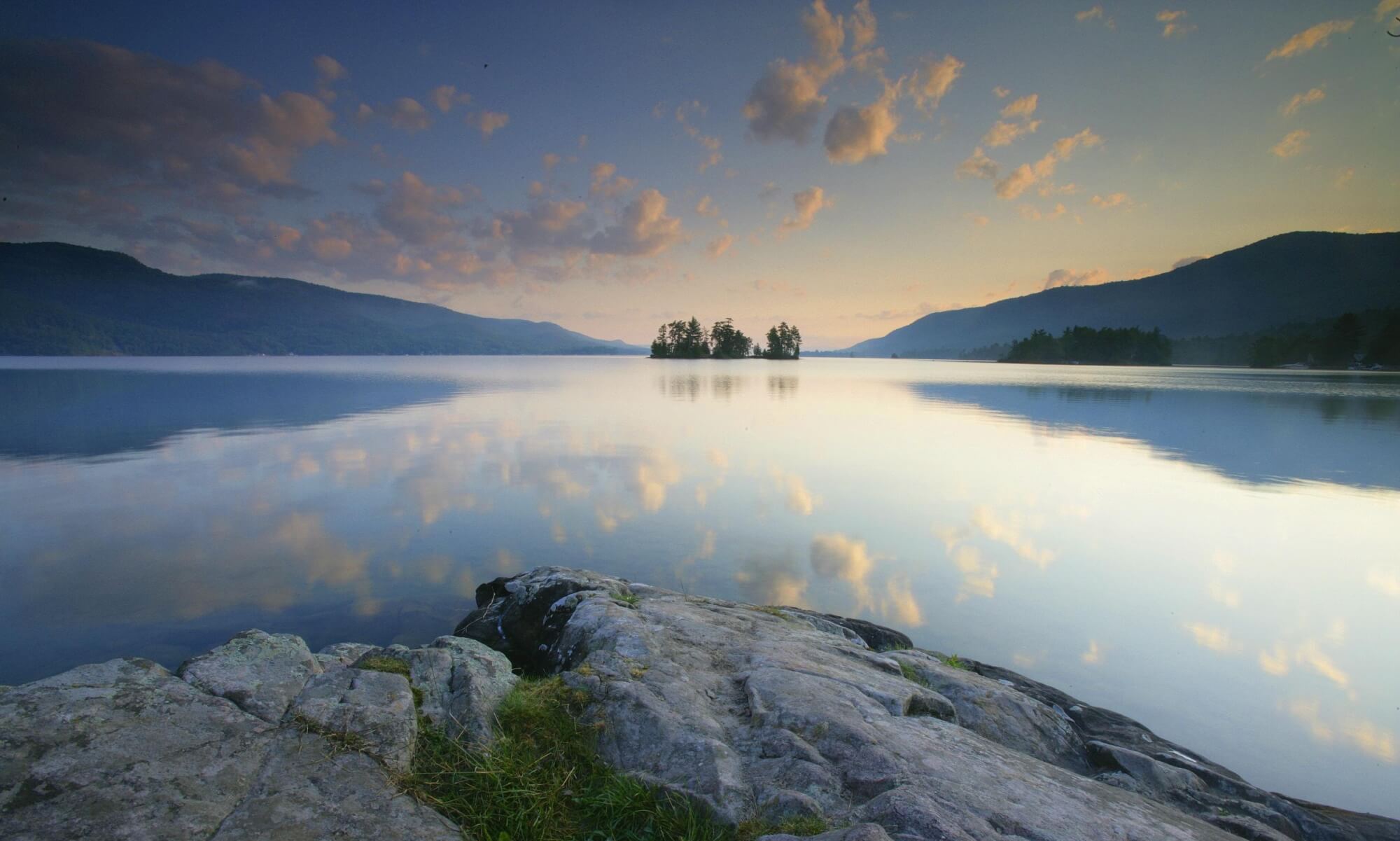
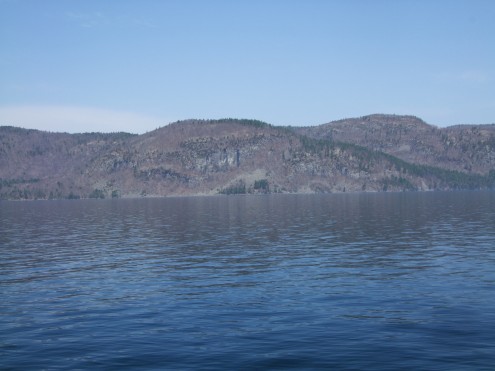
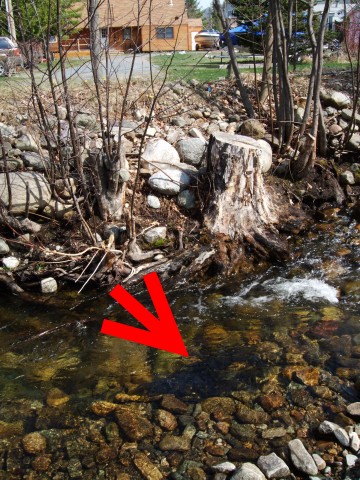 A school of smelt can be seen in Foster brook.
A school of smelt can be seen in Foster brook. 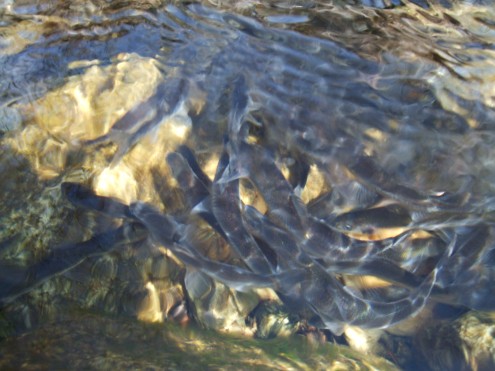
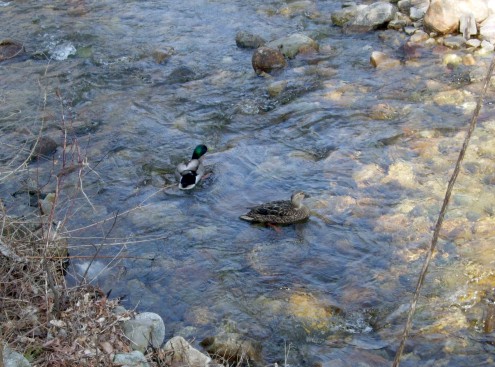
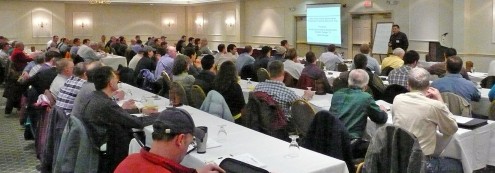


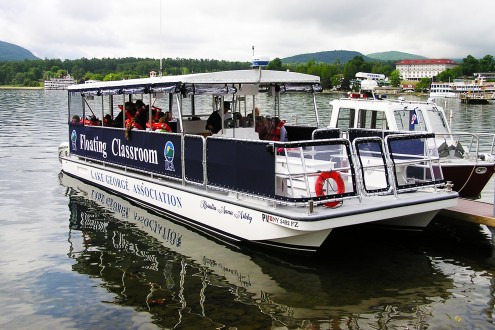
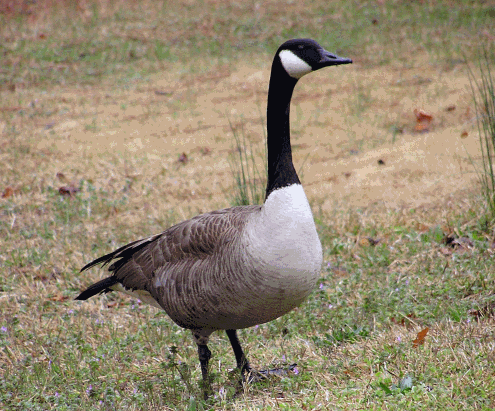
 The Lake George Association, a not-for-profit membership organization that protects Lake George, announced today that Lynne M. Rosenthal has joined the organization as Communications Coordinator. She will be responsible for print and electronic publications, media and government relations, and the organization’s website. Previously she served as the Assistant Director for the World Awareness Children’s Museum of Glens Falls, and as an Educational Program Manager for the WSWHE BOCES in Saratoga Springs. She holds a B.S. degree in marketing management from Virginia Tech in Blacksburg, Virginia.
The Lake George Association, a not-for-profit membership organization that protects Lake George, announced today that Lynne M. Rosenthal has joined the organization as Communications Coordinator. She will be responsible for print and electronic publications, media and government relations, and the organization’s website. Previously she served as the Assistant Director for the World Awareness Children’s Museum of Glens Falls, and as an Educational Program Manager for the WSWHE BOCES in Saratoga Springs. She holds a B.S. degree in marketing management from Virginia Tech in Blacksburg, Virginia. 